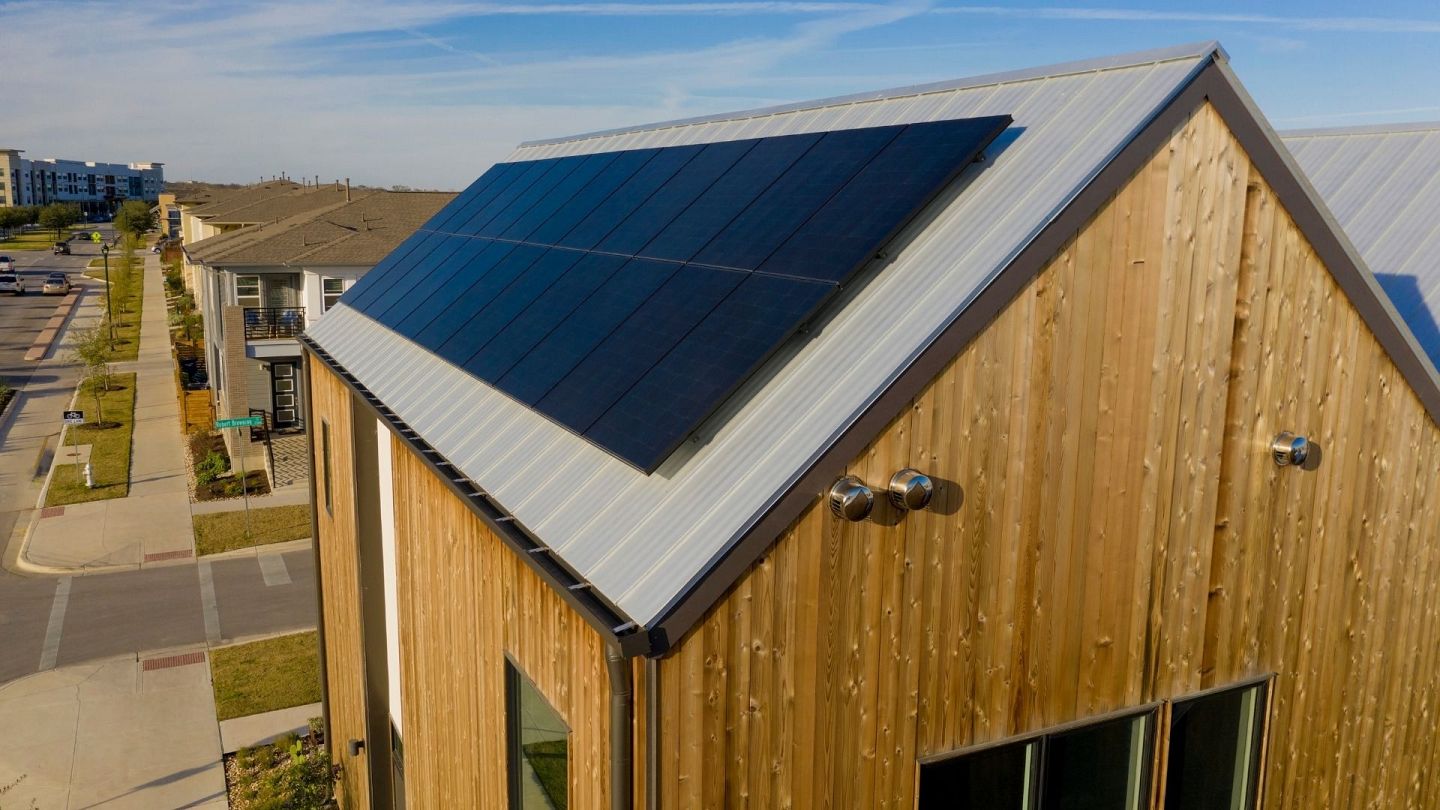Solar power prices have fallen. Why don't you use solar power more?
The report also stated that natural gas prices fell over the same period but by a smaller percentage (32%), owing to the current boom of fracking and not a long-term trend like renewables. Over the past decade, the cost of developing coal plants has remained fairly constant.
Low prices are not an accident
This paper explains how energy companies like Advosy Energy in phoenix can be created through processes known as learning curves, or virtuous cycle. Satellites couldn't afford to harness sunlight's electricity once because of the high cost.
Current energy mix
The world's energy mix has been affected by low prices for renewable energy. Renewable energy was responsible in 2019 for 72 percent of new energy capacity. Over the last 20 years, the world's total renewable power capacity has more than tripled.
Renewable energy has been increasing in the United States. In 2007, wind power was less than 1 percent, while solar energy was even lower. Half of all the energy production was from coal. While 2020 estimates are still being reworked, it is possible that the total output from renewables will surpass that of coal, which currently accounts for only about one-fifth.
An expert in energy from the Union of Concerned Scientists stated that 2020 will be a record year for US wind installations, and the best for solar installations.
This chart shows the evolution of the energy mix in the United States between 2001 and 2019.
Even with price reductions, renewable energy still accounts for a small portion of total energy consumption. However, these modifications are not enough to reduce greenhouse gas emissions to the extent required to mitigate the worst effects of climate change.
Fracking is replacing the coal-fired power plants in the country with more affordable fossil fuels. Fracking is replacing coal plants across the country with cheaper fossil fuels. This cheap and abundant fuel can produce as much as 60% less carbon dioxide when burned. However, it still contributes significantly to climate change via methane emissions.
Recurrent delays during the transition to a green economy
Despite the huge cost savings, renewables are not replacing fossil fuels at a pace that you would expect. Because of the biased policies and infrastructure within the energy sector, which favor fossil fuels, this is why there are so many investments, policies, as well as infrastructure, that favor them.
This is especially true for state-regulated Monopolies, which supply power in roughly half the US's States. Investor-owned utilities get a guaranteed rate return on their investments in power plants. They can continue to make money by operating the plants. This ensures that even though it may be prohibitively costly to operate the plants, it is not an issue because of the monopoly.
Exist fossil plants that we have already created. It is usually cheaper to make one unit of power with existing infrastructure than to build new infrastructure. Since we have already spent upfront on fossil fuel infrastructure, the economics don't allow us to rapidly phase out fossil fuel plants before they expire.
Despite the fact that there have been long-term agreements between utilities, energy producers, and mining companies, the system has been dominated by fossil fuels. There is little incentive to invest more in renewables, as the country's energy consumption has not increased.
There are few barriers to the widespread adoption of renewable energy.
The sun and the wind do not always work in the same way every single day. People who live in the windiest areas of the country have a lower standard of living than those who live in the cities near the coast. These areas are usually located in the interior, such as the Great Plains. Better transmission networks can be made possible by water and batteries. This allows us to overcome intermittency and geography. However, it will take significant investment to build and maintain the infrastructure.
Transition to renewable energy
Low-interest rates and high unemployment may be the end of renewables and their affordability. The United States federal government plays a key role in these efforts. It can borrow at low-interest rates and then use that advantage to support state- and local energy transition programs.

